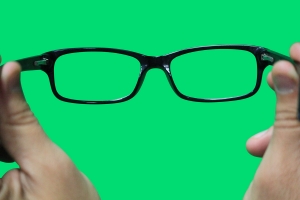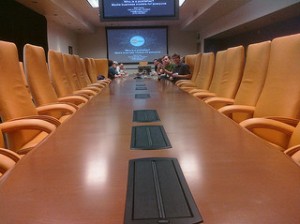An inherent part of creating a brand is the natural development of expectations that evolve after consumers experience that brand. As a marketer, you must understand what those expectations are, even if they are not the expectations you anticipated.
As consumers become more loyal to a brand, their expectations for it to meet and exceed their needs rise. For example, if I’ve always used Brand X stain remover and one day I use Brand X and a stain doesn’t come out, my expectations have not been met. I am likely to search for a new brand to replace the one that failed to live up to my expectations.
Alternatively, if I use Brand X stain remover then Brand Y comes out with a special ingredient that works better than Brand X, then I’ll expect Brand X to come out with a new version of their product that includes this ingredient (or something even better). If Brand X fails to respond, my expectations won’t be met, and I’ll replace it.
A perfect example of this was provided to me by one of Corporate Eye’s readers in a comment on my post Mozilla’s Firefox as a Relationship Brand last week. The reader told the story of Microsoft and its failure to meet customer expectations as other products such as Firefox and Google products entered the market but Microsoft did not introduce similar, competitive products. Instead, Microsoft users, who had strong expectations from the market leader to create cutting-edge products, were disappointed. With their expectations not met, they moved from Internet Explorer to Firefox and from Microsoft products to Google products, and so on.
The lesson to learn – do your research and understand your customers’ expectations for your brand then work tirelessly to meet and exceed them. Doing so will create satisfied, loyal customers and drive new business as well.
How do you keep track of your customers’ expectations? Share your tips with Corporate Eye readers by leaving a comment.
Lucy is Editor at Corporate Eye


